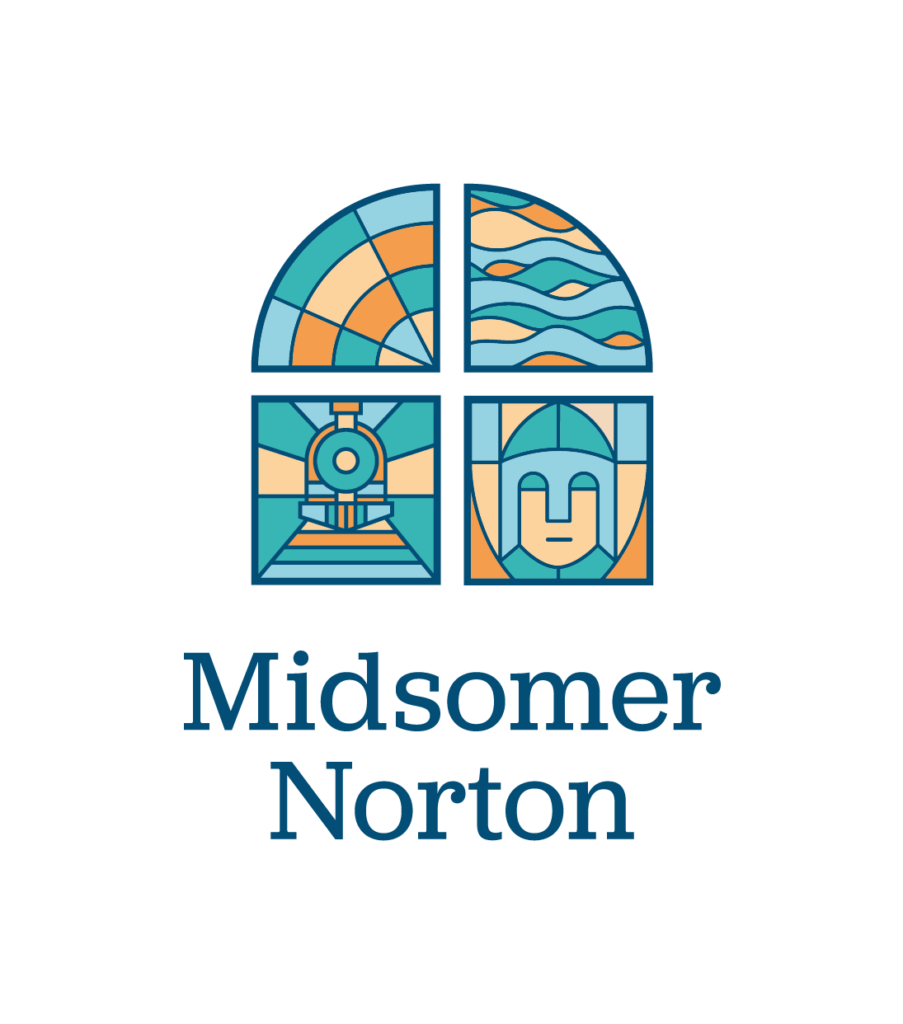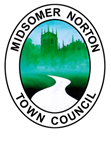History and Heritage
Midsomer Norton has been a settlement for over a thousand years. However, the town only really began to develop under Hugh de Vivonia in the 1200s, when he was granted a royal charter for a Thursday market by Henry III. A second royal charter in 1248 for a fayre on Midsummer’s Day almost certainly inspired the town’s name. The Midsomer Norton Knight, a wooden tomb effigy from the 1300s and the Tithe Barn, built by monks in the 1400s, are the only two survivors from those early days.
The town grew rapidly after the discovery of coal at Welton in the 1700s and saw the construction of the Hollies Mansion in the High Street. The Norman Church was demolished and replaced in the 1830s, followed in the 1860s with the construction of civic buildings, including the Italianate Gothic Town Hall, what would become the town’s banks and Methodist Church, and the installation of railings along the river in 1866.
The railway came in the 1870s and in 1903, Norton Hill Pit was sunk. This became the largest employer in the town until the 1960s when the print industry replaced it.
The decline of industry in the 1970s brought challenging times to Midsomer Norton, and much of the historic town centre suffered from dereliction or redevelopment. However, many fascinating historic buildings and sites of interest remain for you to visit, interspersed with unique shops, inviting cafes and beautiful green spaces.

The Midsomer Norton Knight
The Midsomer Norton Knight is a rare tomb effigy that appears to have been made in Bristol in the 1300s and is thought to represent a knight who held lands in Midsomer Norton following the Norman Conquest. The tomb on which the effigy lay was demolished when the church was remodelled in the 1700s and it ended up in the vicarage garden. It was then used at Lent to depict Judas and Nortonians threw eggs and rocks at him – as you might imagine, this resulted in the effigy being damaged. In the 1970s, researchers ended up unearthing the effigy in the church tower and the knight was sent to Bristol Museum to be identified. The Midsomer Norton Society worked with Bristol Museum to return the knight to his rightful home at St John's Church in Midsomer Norton High Street.
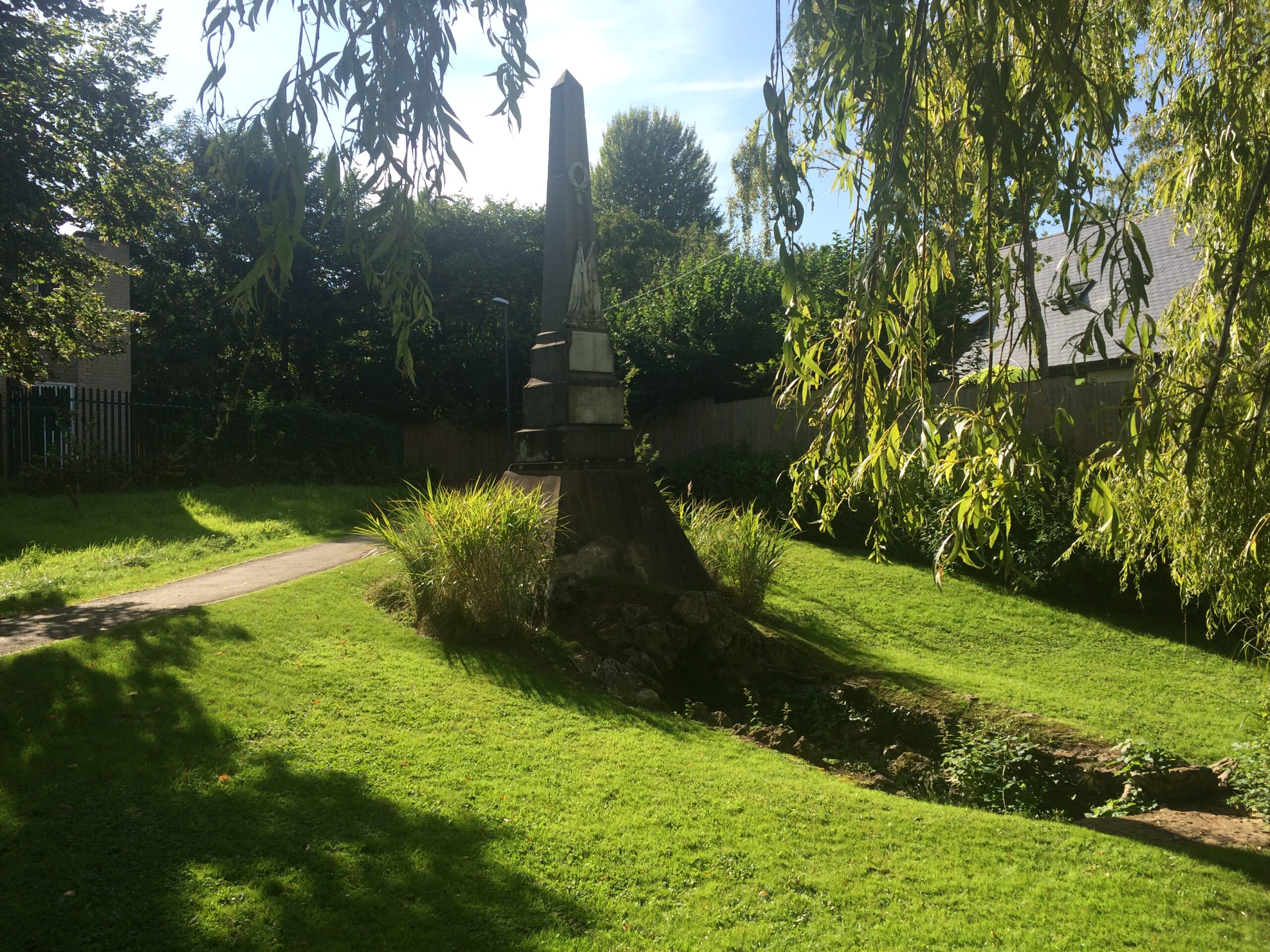
St Chad's Well
At St Chad's Well, you'll find a rare Crimean War Memorial which stands as not only a lasting legacy for those that fought but also a testament to one woman's love for her son. The son in question was a local man, Major Frederick Stukely Savage, who survived the Crimean War, but was in poor health and died ten years later. His mother campaigned for a monument to her son, with the decision to place it in proximity to the town's spring, which had long been used by the people of Midsomer Norton. This decision came from letters that Major Savage wrote home, highlighting the issues that soldiers had with gaining access to clean water.
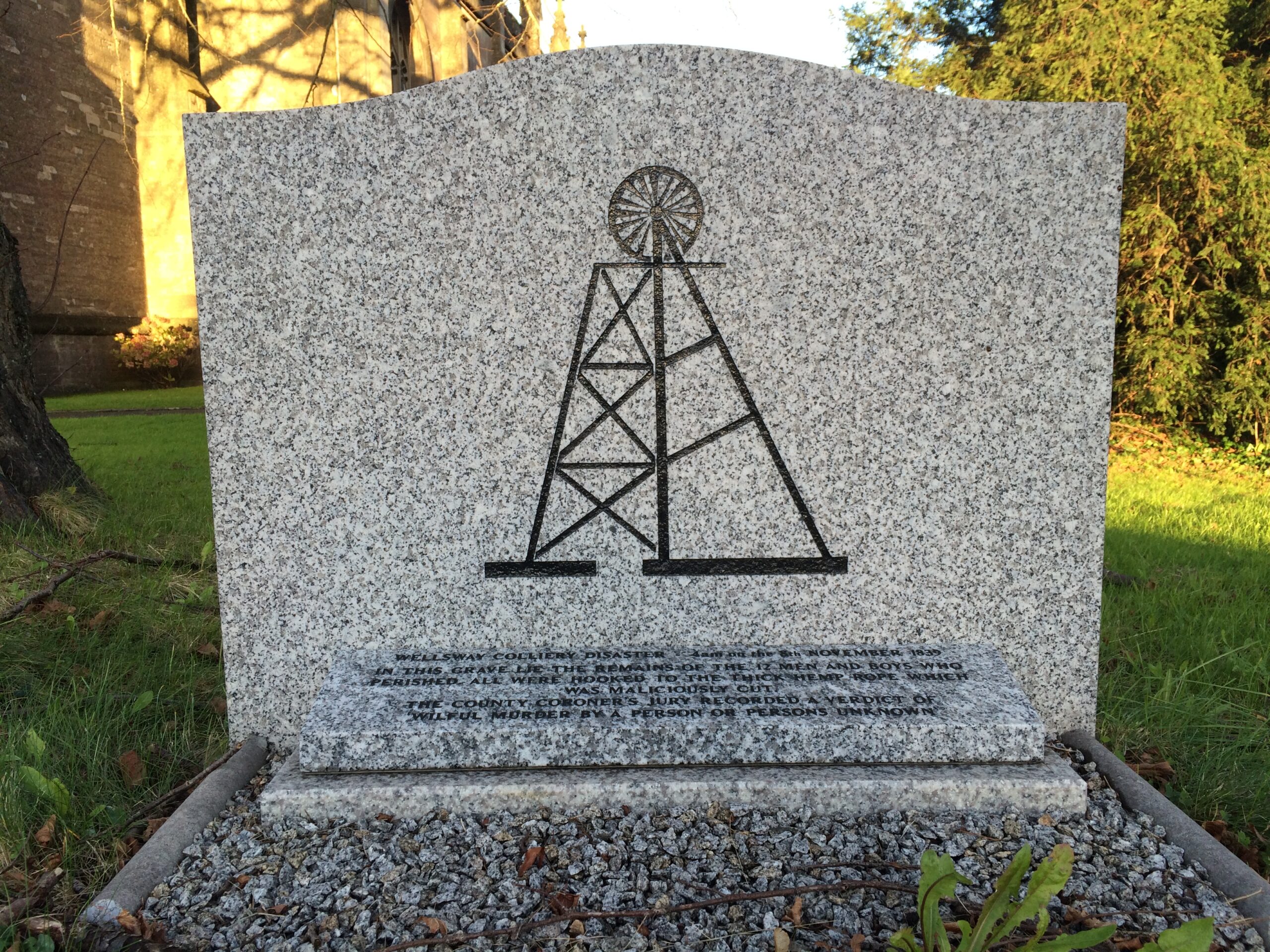
Midsomer Norton's Mining History
Midsomer Norton has a long history of mining, with collieries at various places around town. Evidence of this can still be seen with the slag heaps that overlook the town from the Sports Centre at Gullock's Tyning and Phylis Hill - locally, they are affectionately known as Norton Batch and Paulton Batch. A memorial to the town's miners sits at St John's Church, where a grave stone marks the Wellsway Colliery Disaster. On 5 November 1839, 12 men and boys fell to their deaths after a rope lowering them into the pit was tampered with.
Those who died were James Keevill (41), Mark Keevill (13), James Keevill (13), Richard Langford (45), Farnham Langford (15), Alfred Langford (13), James Pearce (17), William Summers (24), William Adams (20), Leonard Hooper Dowling (13), Amos Dando (12) and John Barnett (41).
Another famous colliery incident happened at Norton Hill Pit where an explosion took place in 1908. The following men died in the incident: Charles Burge (32, examiner and shot-firer), John James Ashman (34, collier), Andrew Brooks (27, collier), William Doughty (20, collier), Ernest Jones (23, carting boy), Frank Jones (41, collier), Stanley Jones (16, carting boy), George Maggs (20, incline man), Henry Sage (14, examiner and shotfirer’s boy) and Gilbert Winsley (25, incline man).

The Catholic Church and Tithe Barn
The Church of the Holy Ghost is a Roman Catholic parish church housed in a converted tithe barn. It is the second-oldest existing building in Midsomer Norton (after the old priory itself). In 1906 the building was purchased by Downside Abbey for use as a church. Since its auction in 1886, the barn had been used as a kennels, a stable and even a chicken house!
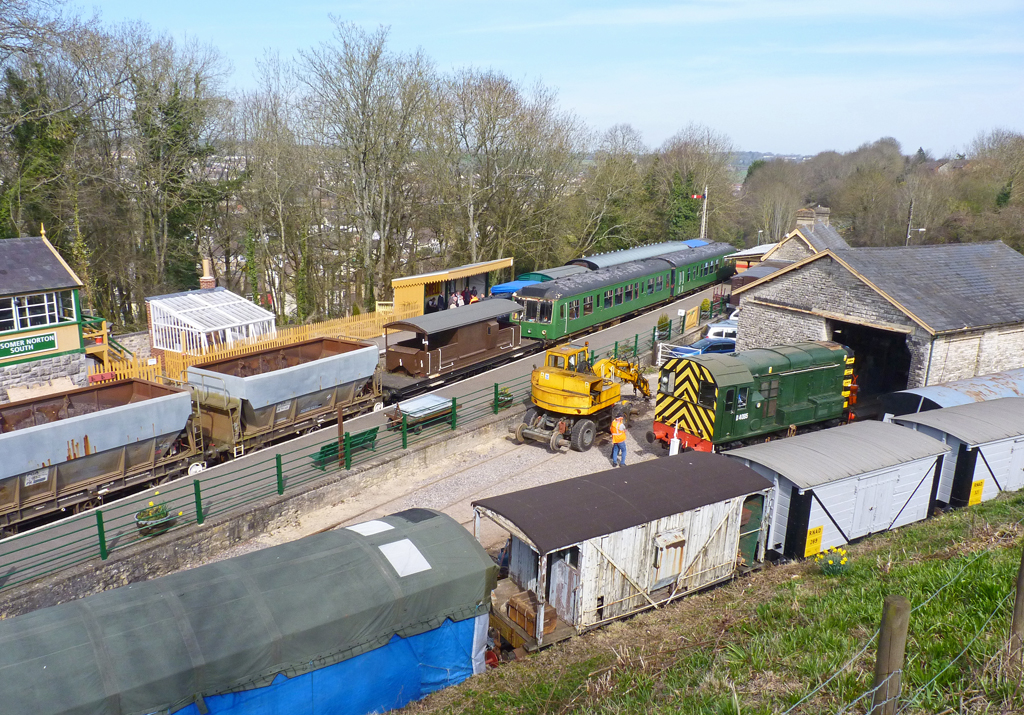
Somerset & Dorset Railway at Midsomer Norton
Midsomer Norton Railway Station was a station on the Somerset and Dorset Joint Railway, which ran from Bath Green Park to Shepton Mallet. Opening on 20 July 1874, it was located on a steep slope carrying passengers from the valley floor to the highest point of the line at Masbury. The station was closed in 1966 and was used as Norton Radstock College's art department in the 1990s before being taken over by the Somerset & Dorset Railway Heritage Trust in 1995. Today, the site houses restored station buildings and locomotives, two museums, and a cafe, gift shop and second-hand book shop.
